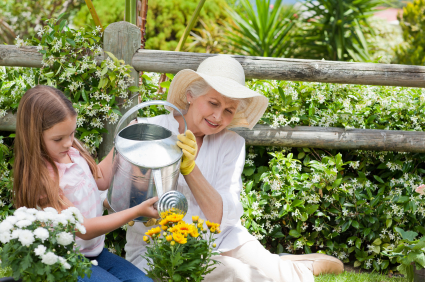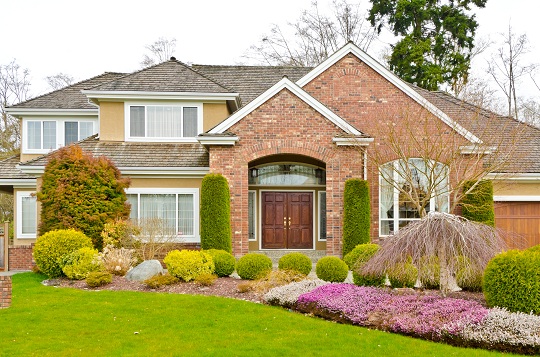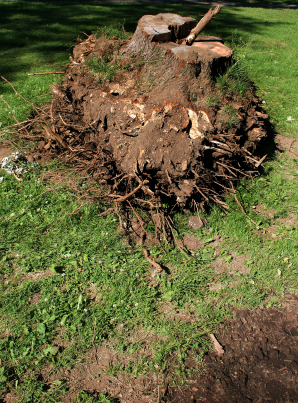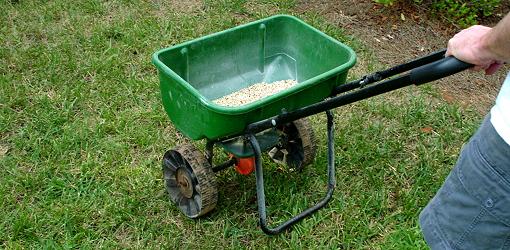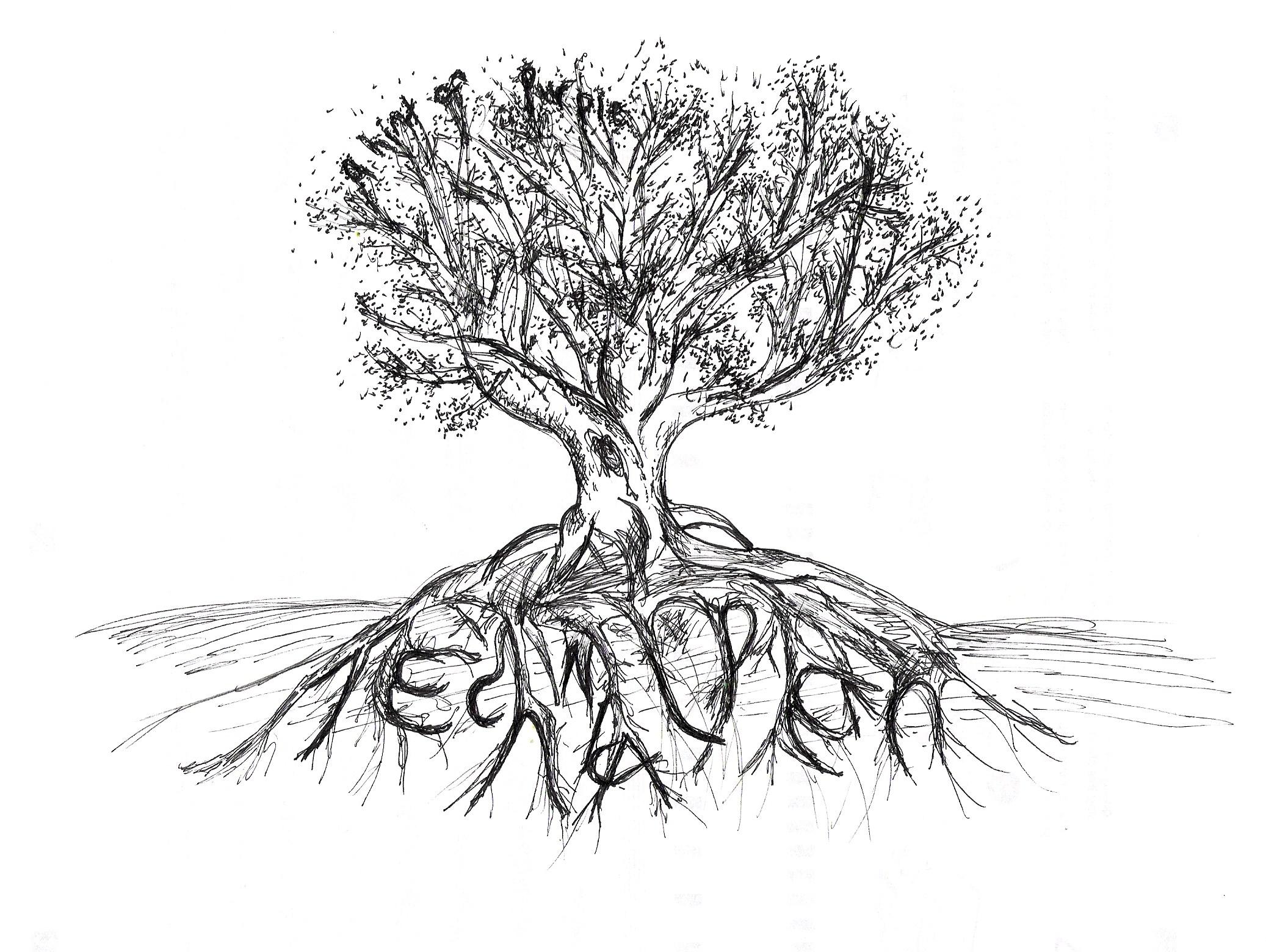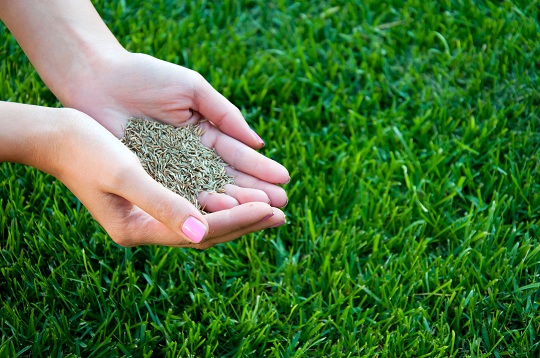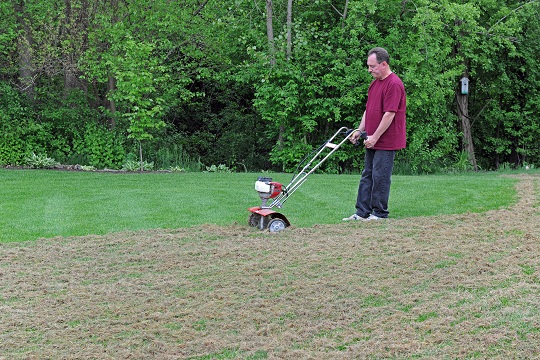There are a few things to keep in mind when watering your yard: water loss, water penetration, soil/water/air relationship, and time required for plant watering. These can all be confusing to keep in mind, so here are a few tips for watering plants that should take care of the afore-mentioned details:
– Water your plants in the early morning or late evening when is cooler and when the wind is calmer, as this will prevent water loss through evaporation.
– Lawn grasses and most plants require an inch of water per week to keep the top soil moist. Drying out completely would be harmful to the plants.
– Do not over water your plants as plants sitting in water logged beds can rot or develop fungus. Additionally, plants need plenty of oxygen to grow properly, and waterlogging the plants will result in an inefficient water/soil/air ratio.
– Younger plants with smaller roots will only intake water from the top layers of soil, whereas trees and older plants will have established larger and more expansive root systems. This means that you should try to ensure top layer moisture for your younger plants, while the older plants can possibly go longer without watering as they may be able to tap into lower soil levels that retain water for longer.
– Figure out the type of soil that your plants are growing on as this affects the water retention. For example, one inch of water will go down 12 inches in sandy soil whereas it will only penetrate four to five inches in clay soil. Once you know the type of soil, and know how deep water penetration is in it, you will be better able to judge how much and how frequently to water your plants.
– Use a rain gauge to measure the amount of water that the plants get from rain, natural moisture in the air, and your watering so you know how much water the plants are receiving.
These are only a few tips for watering your garden. However, there is a lot more to taking care of your plants! Let TalkLocal help you find professional landscaping services.

